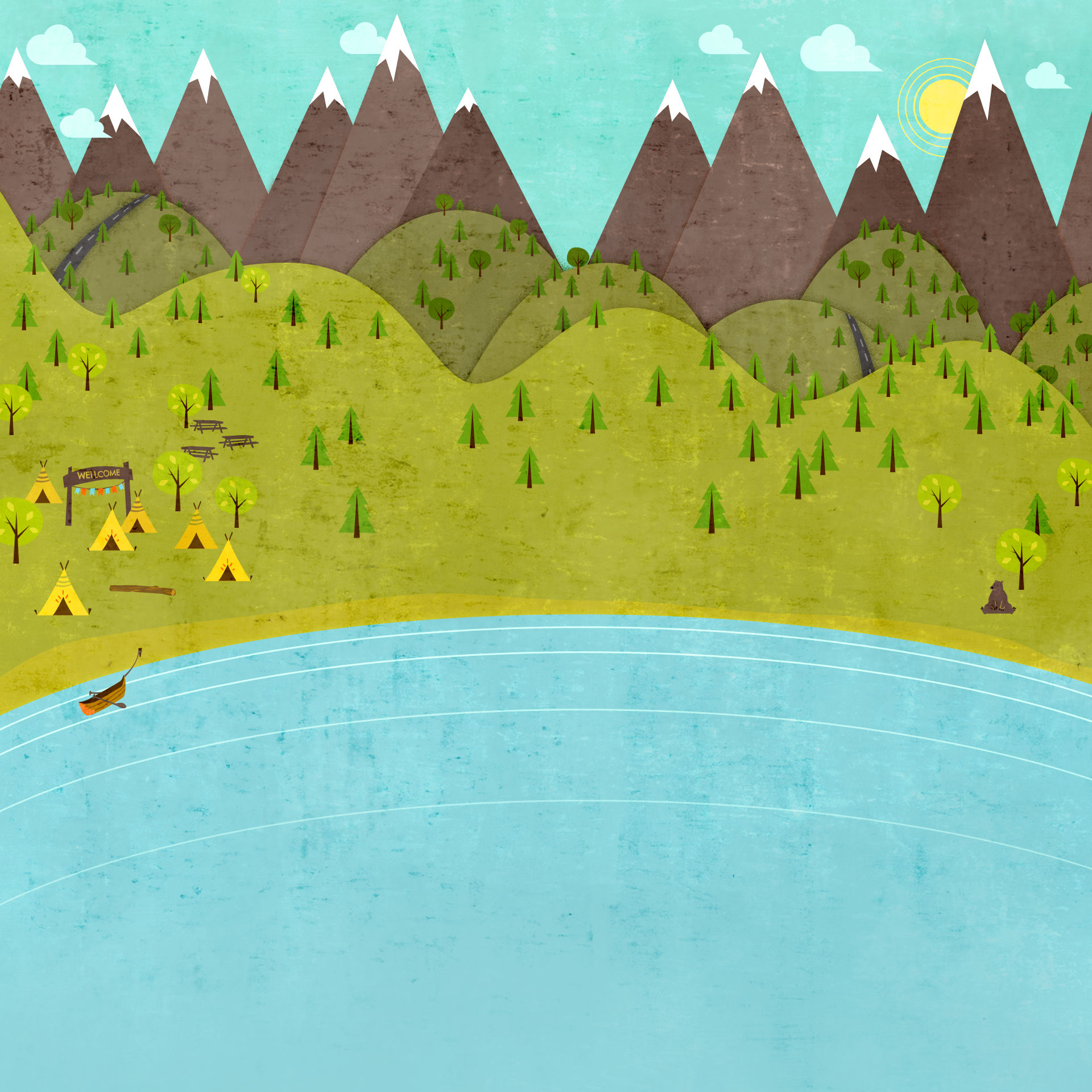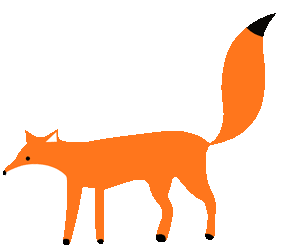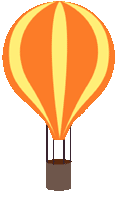
Summarizing Superheroes!
Reading to Learn Design by Savannah Adcock
Rationale: Reading is the initial step for students to learn new information. In order to become better readers, we must truly understand what we are reading. One way to for beginning readers to improve comprehension is to learn how to summarize. To summarize is to take all of the important details and main ideas out of a text and combine them in a way that explains the story to someone who has not read it. This lesson helps students learn how to find those main ideas and key details in a text by having the teacher model summarization and then by summarizing themselves. The teacher will show the strategy of summarizing by explicitly modeling how to pick out important details and eliminate unimportant ones, and then guide students through summarizing their own passages. The students will be assessed on their summarization skills through comprehension questions.
Materials:
-
Pencils
-
Paper
-
Highlighter
-
Sharpies (black)
-
Dry-erase board, and dry-erase markers
-
Passage sample on SmartBoard (sample paragraph from “National Geographic for Kids: Orcas)
-
Classroom copies of full article “National Geographic for Kids: Green Sea Turtle;”
-
Rubric for summarization
Procedures:
1. Say: Today we are going to talk about summarization. What do you think it means to summarize a story? Right! Summarizing means taking the most important details of a story and putting it in your own words. Important details would be things such as main ideas, important characters, important statics, or really important things that a character does depending on what you are reading. Summarizing is retelling the story or passage you have just read giving only the important details and main ideas that you found in it. We leave out the details that are not as important.
It is very useful when reading a long book or article that is explaining something.
2. Say: Now we are going to read a passage together on the SmartBoard. This passage is on the Orca Whales. This corresponds with our science unit as we learn about different sea animals, mammals, and fish. Are whales mammals or fish? Do they come to the surface to breathe air like we do, or do they have gills like fish? They are mammals, correct! Let’s read more about our friends the Orca Whales. Follow along with me as I read this passage out loud. *Show 1st Paragraph from “Orca Whale” article*
3. Say: Okay, who can give me a brief summary of what you read? *Give different students a chance to give their summaries and assist as needed. Jot down some of their summaries on the board. * Let’s take a look at my copy of this paragraph on the SmartBoard. Notice how I highlighted important details and crossed out details that were not important. That helps me keep facts straight and the main idea in mind. * Model sample below on board *
Orcas hunt everything from fish to walruses—seals, sea lions, penguins, squid, sea turtles, sharks, and even other kinds of whales. Depending on the season and where they are, their diet varies—some orcas eat more fishes and squid than seals and penguins. But wherever they are in any of the world's oceans, average-sized orcas may eat about 500 pounds (227 kilograms) of food a day. Orcas have many hunting techniques, and bumping seals off ice is just one of them.
4. Explain: To review, the main topic or first sentence tells us what the paragraph will be about. Our first sentence talked about the food orcas eat, and gave us specific examples. That’s great information! And then the paragraph tells us about different diets during different seasons. This is great information, but everything they eat in the different seasons was also mentioned in the topic sentence so we don’t really need it. Then the article tells us how much food orcas eat. That’s great information, so we highlight it! But the last sentence is about hunting, and we are summarizing a paragraph about food, so we cross this out. Great job everyone!
5. Say: Now, I am going to pass out a whole article about Green Sea Turtles! Does everyone remember the clip we showed in science from Finding Nemo that showed the coral reef and different sea animals? Our friend “Crush” was a Green Sea Turtle too! Green Sea Turtles are one of the most common species of Sea Turtles in the world. Let’s read more about our friends the Green Sea Turtles. I am also giving you a black Sharpie and a highlighter. As you read, highlight details that you think are important and contribute to the main idea of the story. Take the Sharpie and cross out the details that you do not think are important. The main idea of this story is to give you more information on the turtles. There is a lot of information on the turtles, so pick facts that are kind of like main ideas. For example, where they live, what they eat, are they endangered, etc.
6. When you’ve finished reading and marking the story, I want you to summarize it in 6 sentences or less. Remember to only include main ideas and details. Don’t include any of the details that you crossed out, only the ones that you have highlighted. Write in complete sentences and use correct punctuation. The most important thing is not to copy the text just like it is but put it in your own words.
7. Before you read, let’s quickly remind ourselves of what a few of the words in the passage mean: * write these on the board as well, with an example sentence so students may reference back*
-
Nesting – when animals lay eggs or give birth to their young gather nest. An example would be, “While walking along the beach, I came across a mother turtle nesting, getting ready to lay her eggs.”
-
Poaching – is when someone hunts or fishes illegally. An example would be, “Even though the tigers are endangered, the men went poaching for the animals to get their soft fur.
When you’ve finished reading and summarizing, I want you to come put your papers on the front table. Okay, now let’s get to reading and summarizing. *Allow 20-25 minutes for students to summarize*
Assessment:
Comprehnsion Questions:
-
If you were to be walking on a beach in Australia what might you come across?
-
If you were a scientist would you classify Green Sea Turtles as an amphibian, a mammal, or a fish and what evidence would you give to support your decision?
Rubric-
Student Name:
Date:
Student clearly read article all the way through and used information from different paragraphs.
____ / 3
Picked out information using methods taught in class.
_____ / 2
Deleted unimportant details.
_____ / 1
Wrote a short paragraph summarizing most important details from the article.
____ / 4
Total Points and comments:
______ / 10
References:
“Orca Whale” article:
http://kids.nationalgeographic.com/animals/orca/
“Green Sea Turtle” article:
http://kids.nationalgeographic.com/animals/green-sea-turtle/
Super Summarizations with Science by Melissa Harris:
https://sites.google.com/site/harrisreadlearn/
Some Super Summerizations by Margret Sharbel :
http://mcs0036.wix.com/lessondesigns#!some-super-summarization/c17zy



Reading to Learn
Click to return Handoffs


